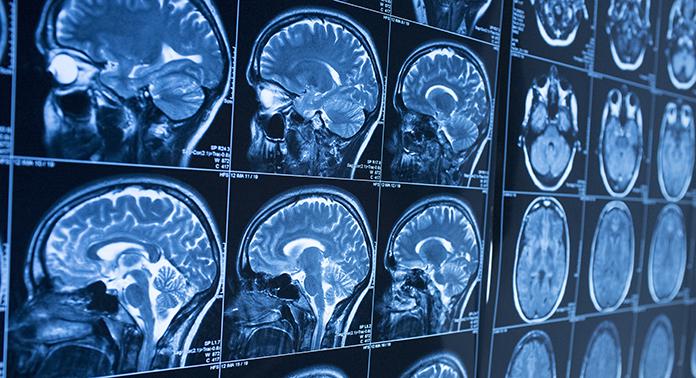
Image retrieved from: https://www.lawsonresearch.ca/news/study-casts-doubt-clinical-significance-gadolinium-brain-deposits
To obtain improved tissue images by magnetic resonance imaging (MRI), contrast agents like Gadolinium, Iron Oxide, Iron Platinum, Manganese etc. are generally used. These materials should bind with a carrier compound in order to prevent toxicity of free ion such as Gadolinium into the human body. By the contrast agents, identifying the structural details in the body is mostly enhanced but current materials used for this purposes have some deficiencies such as difficult to recognize diseases in early stages. Also, these materials are not very sensitive their biochemical environment so this limits their applications in MRI.
The research performed in Department of Chemistry at the University of Basel revealed a new type of nanoparticles which can be used as smart contrast agents for MRI. These new nanoparticles were developed by co-assembly of heparin functionalized polymers together with trapped Gadolinium ions and stimuli responsive peptides. They have multiple properties such as sensitive to varied biochemical environments, a potential for long blood circulation and an improvement in MRI contrast for lower concentrations. According to this study, with these nanoparticles, signal of MRI was enhanced about tenfold than the existing agents. These Gadolinium based nanoparticles are characteristic for particular regions such as cancerous tissues. High shelf stability, no apparent anticoagulation property and absence of cellular toxicity are also additional benefits of these nanoparticles.
For more information: http://pubs.rsc.org/en/Content/ArticleLanding/201
Posted by Müberra GÖKTAŞ on November 04, 2016
Comments
Post a Comment